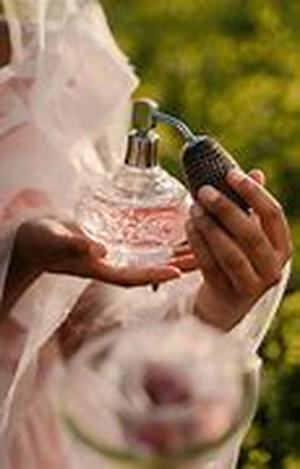
A Plant Left Over From Prehistoric Times, Horsetail, Or Equisetum Arvense, Is A Bushy Native Perennial That Is Most Often Found In Open Fields, Hence Its Name Arvense Derived From Latin Arvum, Meaning Filed, Cultivated Land, Plowed Land. Instead Of Producing Flowers, The Field Horsetail Plant Has Spores Like Its Cousin, The Fern. It Is Believed To Be A Descendant Of A Huge Fernlike Plant That Covered The Planet Some 200 Million Years Ago. To The Romans, The Horsetail Was Nothing But The Plant To Use When Cleaning Their Pots And Pans And Make Them Nonstick, Courtesy Of Silica Present In It. Medieval People Used It As A Finishing For Cabinets And Other Wood Crafts. The PlantThe Horsetail Plant Is Widely Distributed Throughout The Temperate Climate Zones Of The Northern Hemisphere, Including Asia, North America, And Europe. The Plant Is Unique In That It Barely Has Leaves With Thin, Gangly Stems. One Variety Of Horsetail Resembles The Asparagus Save For Its Brown Color And Spore-containing Cones On Top And Typically Grows In The Spring. In The Summer, When The Plant Reaches Its Maturity Peak, It Branches Out Into Think, Green, Sterile Stems That Look Like A Feathery Tail. Health BenefitsHorsetail Is Best Known For Its Wound-healing Properties. Decades Before The First Western Man Came To Settle In American, The Natives Were Using Horsetail As A Poultice To Treat Open Wounds And Speed Up The Healing Process. The Ashes Of Horsetail Fern Stems Were Used By The Thompson Tribe In British Columbia To Treat Burns. Galen, The Roman Physician Famous In Herbal Lore, Recommended The Plants Use As A Kind Of Folk Remedy For Kidney And Bladder Troubles. This Was Later On Adapted By Several Cultures.The Main Constituent Found In Horsetail That Makes It A Potent Wound-healing Herb Is Silica. The Plant Is Rich In Silicic Acid And Silicates, Providing Approximately 2-3 Percent Elemental Silicon. These Substances Are Easily Absorbed. Because Of This, They Can Be Utilized To Facilitate Calcium Absorption. In This Regard, The Plant May Therefore Be Used To Promote Bone Growth And Collagen Formation, Possibly Giving It Anti-arthritic Properties. Other Useful Elements Contained In The Herb Include Potassium, Aluminum, Manganese, Calcium, And Fifteen Different Types Of Bioflavonoids. The Diuretic Properties Of The Herb Are Attributed To The High Concentration Of Bioflavonoids.Subsequent Studies On Horsetail As A Diuretic Led To The Plants Chief Use As A Mild Diuretic. It Is Used As A Water Pill To Increase Urination And Lessen Swelling. It Is Also Used As An Herbal Remedy For Various Bladder And Kidney Problems, Including Kidney Stones And Bladder Infections. Various Scientists Examined The Plant To Try To Identify The Compound That Is Responsible For Its Diuretic Action. They Discovered Several Compounds That Appeared To Promote Fluid Loss. These Are Equisetonin And Flavone Glycosides. The Property Of Horsetail To Promote Water Loss Led People To Believe That It Can Be Effective As A Weight Loss Agent. However, This Claim Remains Unfounded.Horsetail Could Also Have Positive Effects Against Bed-wetting And Urinary Incontinence. The Plant Provides Silica Which Strengthens Connective Tissues And Reduces Urinary Tract Irritation. Silica May Also Promote Tissue Repair And Healing For People With Bursitis, Emphysema, And Hemorrhoids.Buying InformationThe Herb Is Available In Many Forms, Such As Fluid Extracts, Tea, Tincture, Powder, Or Extracts. If You Take Horsetail For Urinary Problems, Be Sure To Get The Fluid Form. Also, Drink Lots Of Water So As To Increase Urination And Potentially Cure Water Loss.TOTAL WORD COUNT - 584KEYWORDS "Horsetail - 14 (density 2.4)





